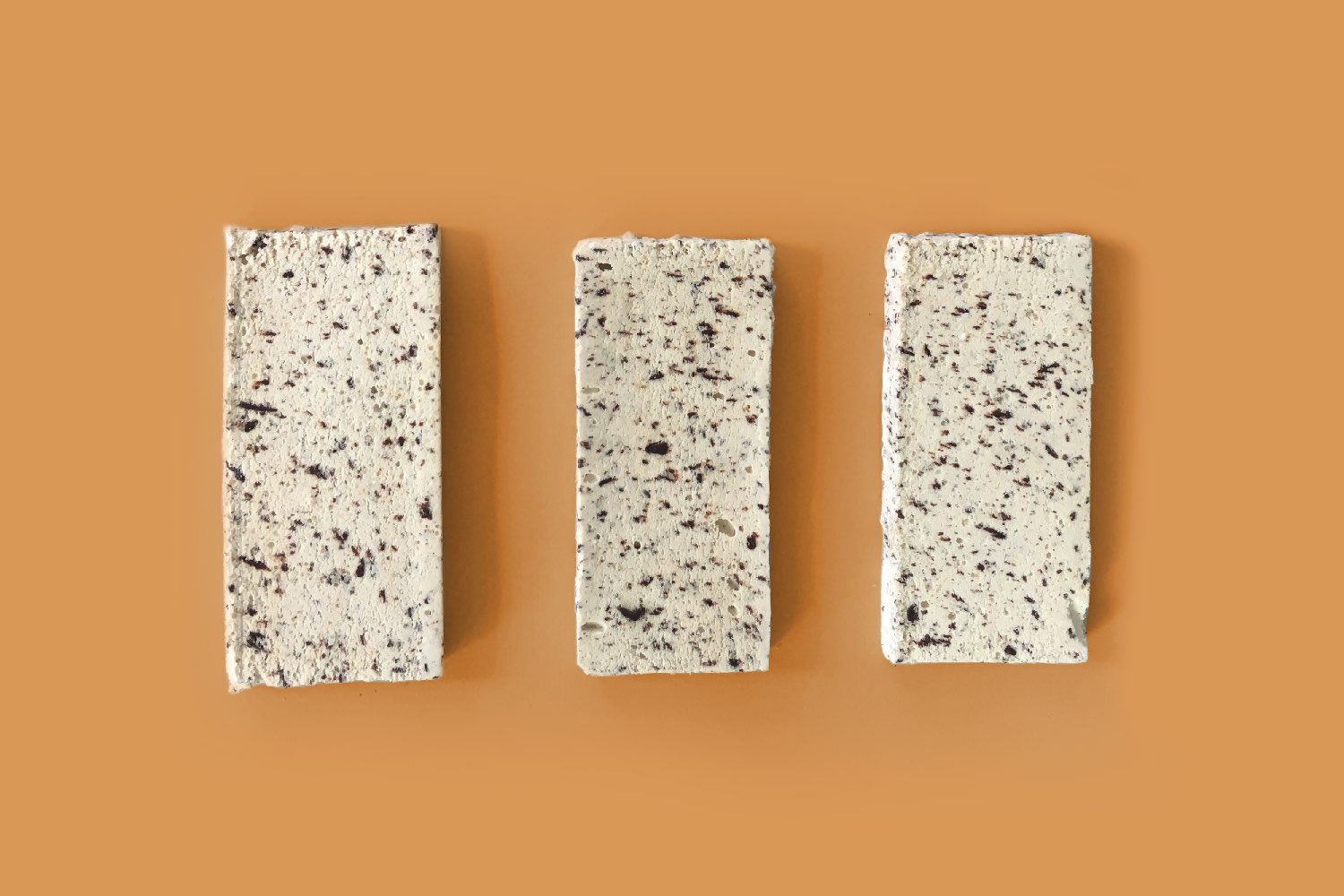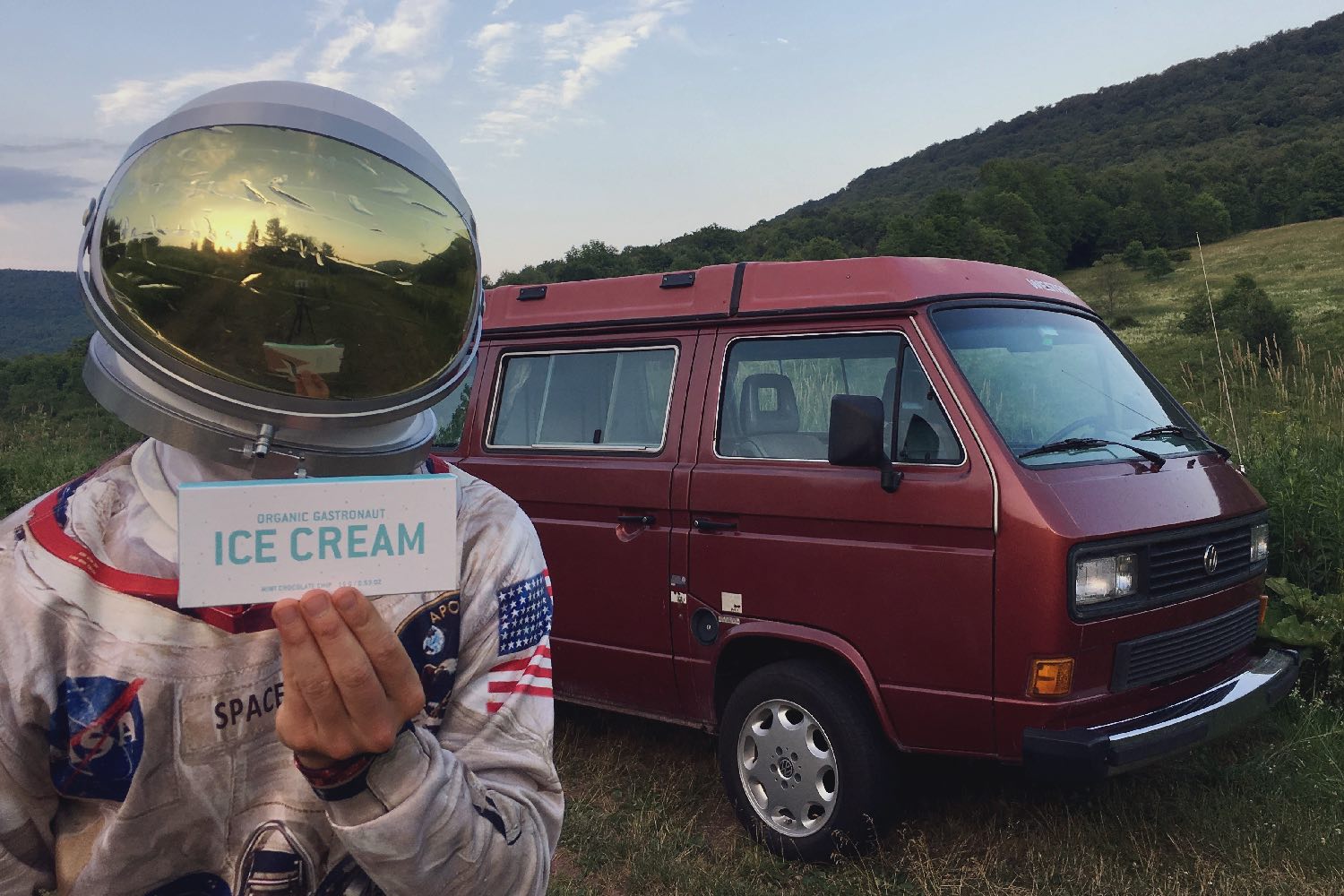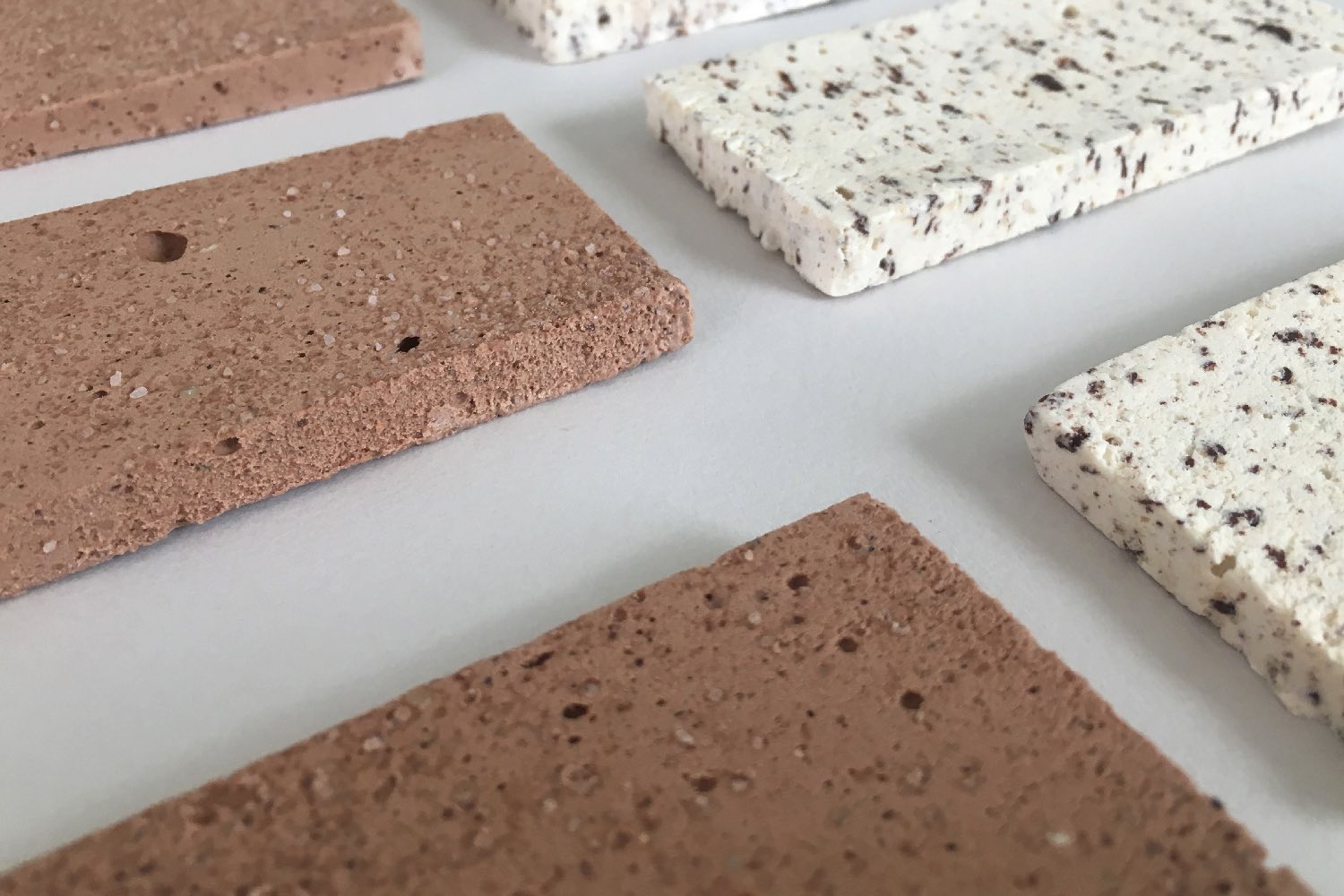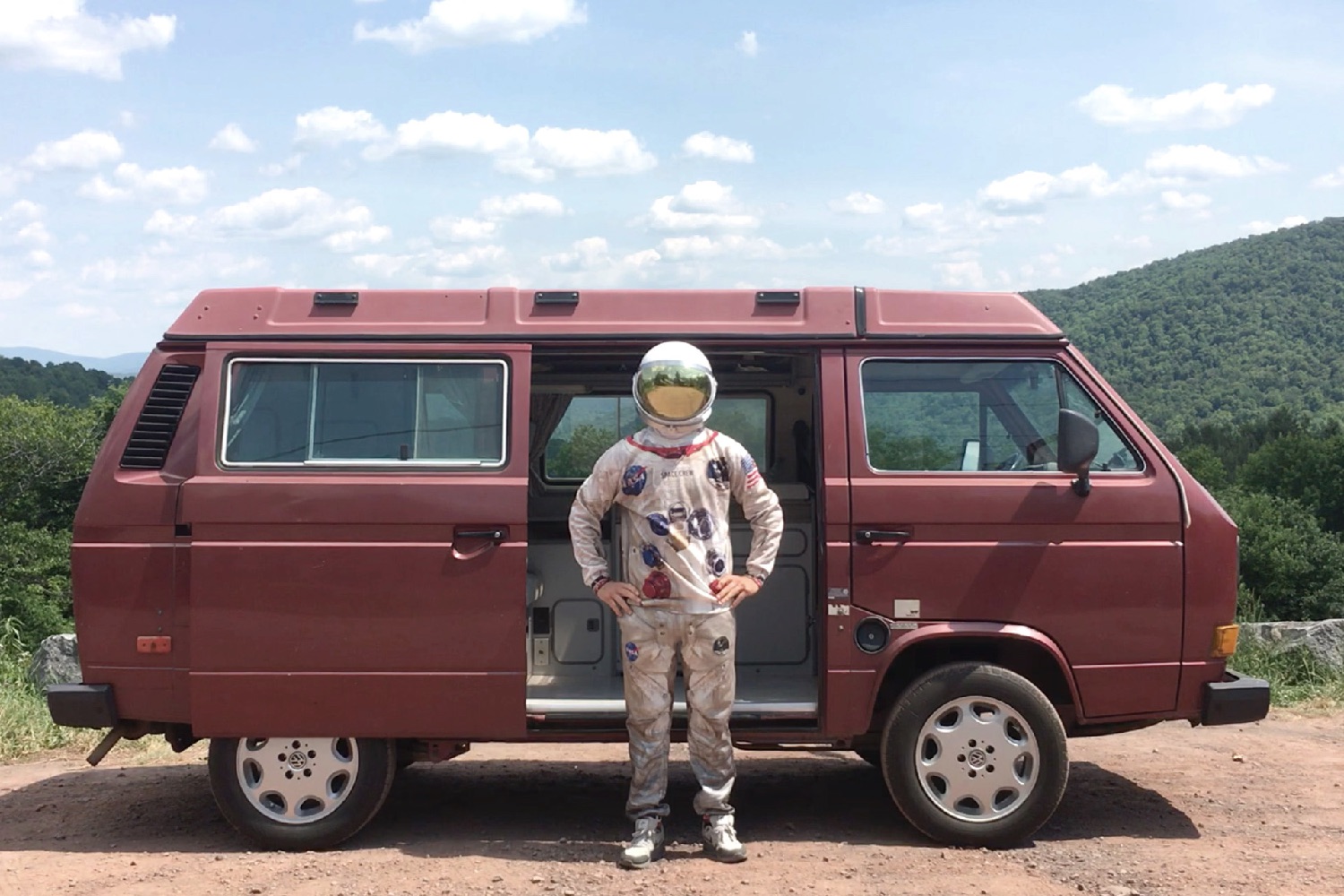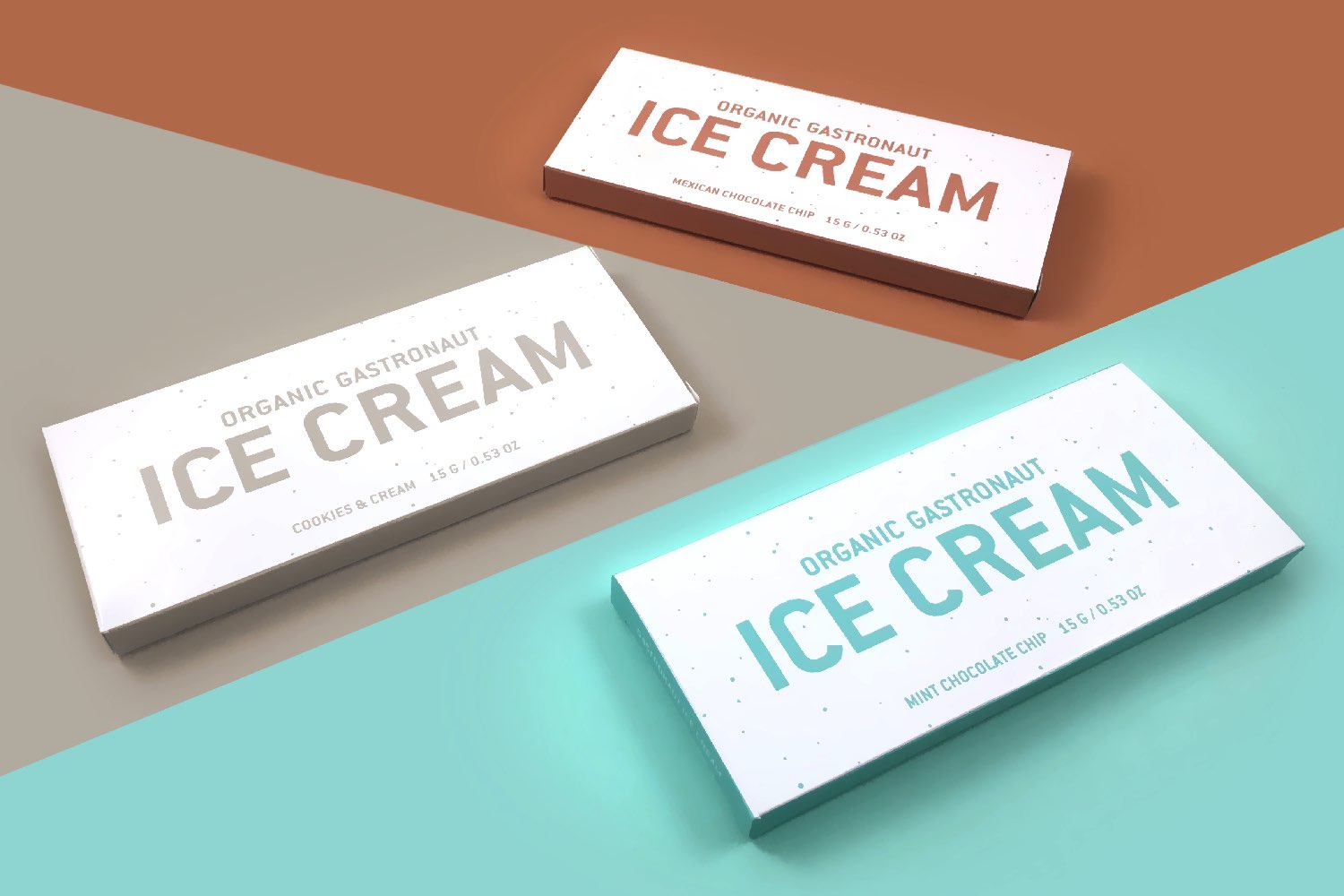That’s the concept of 34-year-old Rob Collignon, founder of Gastronaut Ice Cream, whose brilliantly-named new Kickstarter campaign is designed to bring pledgers astronaut-inspired, freeze-dried ice cream which promises not to melt all over your hands.
“The freeze-drying process is just simple all-natural science,” Collignon tells Digital Trends. “It’s a way to remove all the water without altering the structure of the food. You freeze the ice cream to a very low temperature like -50 degrees celsius. Then a vacuum pump turns on, pulling out all the air to decrease the atmospheric pressure. When the temperature and pressure reach a certain point, the ice turns to gas and evaporates, leaving tiny air pockets in the ice cream which give it the crumbly texture. It’s interesting that the freeze-dried ice cream comes out of the machine looking identical to the frozen product it started as.”
But while freeze-dried ice cream has been around for a while, the truth is that it doesn’t taste all that great. What makes Collignon’s product different is that it’s “artisanal” organic astronaut ice cream: sourced from some of the finest suppliers its creator could find. “I’ve eaten [freeze-dried ice cream] my whole life, but it doesn’t taste that good because they start with the cheapest ice cream imaginable,” Collignon notes on his Kickstarter page.
As a result, he decided to start on the basis that he would use only the finest ice cream ingredients — sourcing super-premium organic ice cream good enough to eat in a cone. The results were so good that Collignon was inspired to throw in the towel on his full-time his job and focus on making this his life’s work.
“I quit my office job in the fall of 2015, gave up my apartment, and moved into a 1987 VW van,” he says. “I traveled 20,000 miles through the U.S., Mexico, and Canada while working on the business. Once it was figured out, I settled in Upstate New York to launch the Kickstarter campaign.”
From the response of Kickstarter backers it seems Collignon’s giant leap may have been worth it, too. With 16 days still to go, the campaign has already raised an impressive $36,049, against a goal of just $9,500. A pledge of as little as $12 will score you two ice cream bars, while $300 will buy you sixty. Flavors include Mexican Choc Chip, Mint Choc Chip, Cookies and Cream, and Peanut Butter Chocolate Chip!
